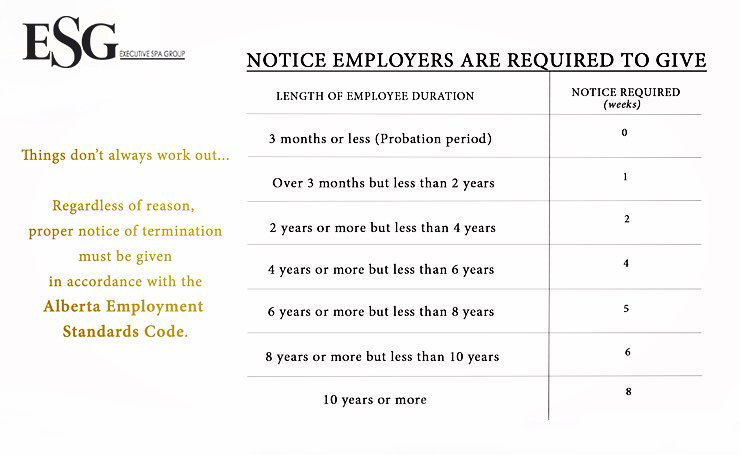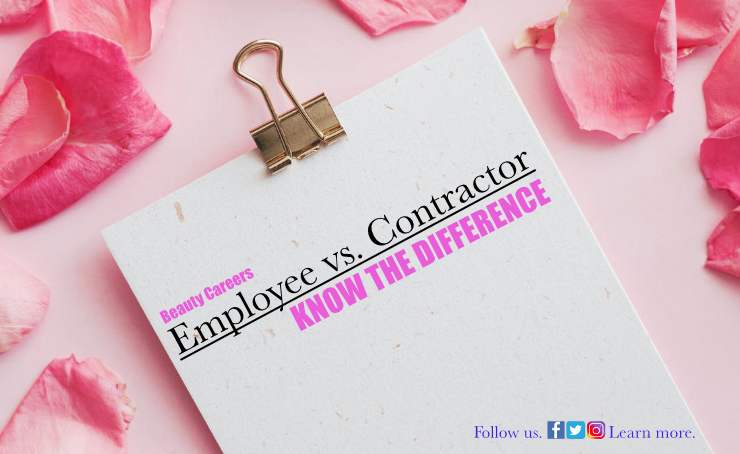alberta,alberta employment standards code,beauty industry,employer guide,employers,hiring employees,paying employees,staff
Paying Employees

Paying Employees
Congratulations on being ready to employ staff! This is a big step for your company. While it can be scary to put your company’s reputation in the hands of someone else, knowing your responsibilities as an employer can help ease your transition.
When you hire employees, you must register for a CRA payroll account. This account will be linked to your Business Number (BN). To open your CRA account, you will need to complete a
RC1B form.
As an employer, you will need to submit the following forms to the Canada Revenue Agency (CRA):
TD1AB
These forms are Personal Tax Credits Return forms that you have to give all new employees to complete. These forms help you determine what deductions you need to make from their paycheque.
What if employee is being paid hourly + commission?
It is common to pay beauty industry employees by commission, unless your employee is claiming expenses, the forms above will suffice.
Additionally, Alberta Employment Standards Code requires you to keep the following records for every employee:
Payroll record listing
- Employee’s name, D.O.B., and address
- Employee’s start date
- Starting wage
- A daily record of hours worked
- All deductions
- Any vacation time taken by employee including start/end dates of vacation + period of employment vacation was earned
- Employee’s job title and job description
- All correspondence relating to that employee
- Any performance reviews including discipline reports
- Copies of TD1/TD1AB forms
- Information on benefits, WCB, and all other info that may apply
**NOTE: Payroll records must be kept for at least 3 years from creation date.
PAY SCHEDULE
At the end of each pay period, you must provide each employee with a statement of earnings that includes:
- regular and overtime hours of work;
- wage rate and overtime rate;
- earnings paid that show each component separately;
- deductions from earnings and the reason for each deduction;
- time off in lieu of payment of overtime; and
- statement period.
FYI- cash shortages can only be deducted from an employee IF:
1. the employee is the ONLY ONE with sole access to the cash
2. the employee authorizes the deduction in writing with the amount and date of shortage being deducted
If you plan to reduce any employee’s wage rate, overtime rate, general holiday pay, vacation pay or termination pay, the employee must be notified before the start of the pay period in which the reduction is to take effect.
Keep in mind, these rates must always be at least the
minimum required by the legislated standards.
REMITTING TO THE CRA
You must remit to the CRA all deductions you made from an employee’s paycheque (federal and provincial income tax deductions, E.I. premiums, and CPP) before the 15TH of the month AFTER the month in which you made the deductions.
All remittances must be made in bulk for all of your employees.
You can use the Payroll Deductions Online Calculator (PDOC) to calculate payroll deductions.
ISSUING T4s
You must provide a T4form to your employees ON or BEFORE the last day of February for the previous calendar year. This T4 contains information on the total CPP, E.I. premiums, and income tax deductions you made on your employees behalf for the previous calendar year.
For more information view the Employers’ Guide
Payroll Deductions and Remittances.
If you have any questions or concerns with the information provided on this article please contact Executive Spa Group.
‘Cultivating the Beauty Industry’
Executive Spa Group
(780) 604 2772
info@executivespagroup

